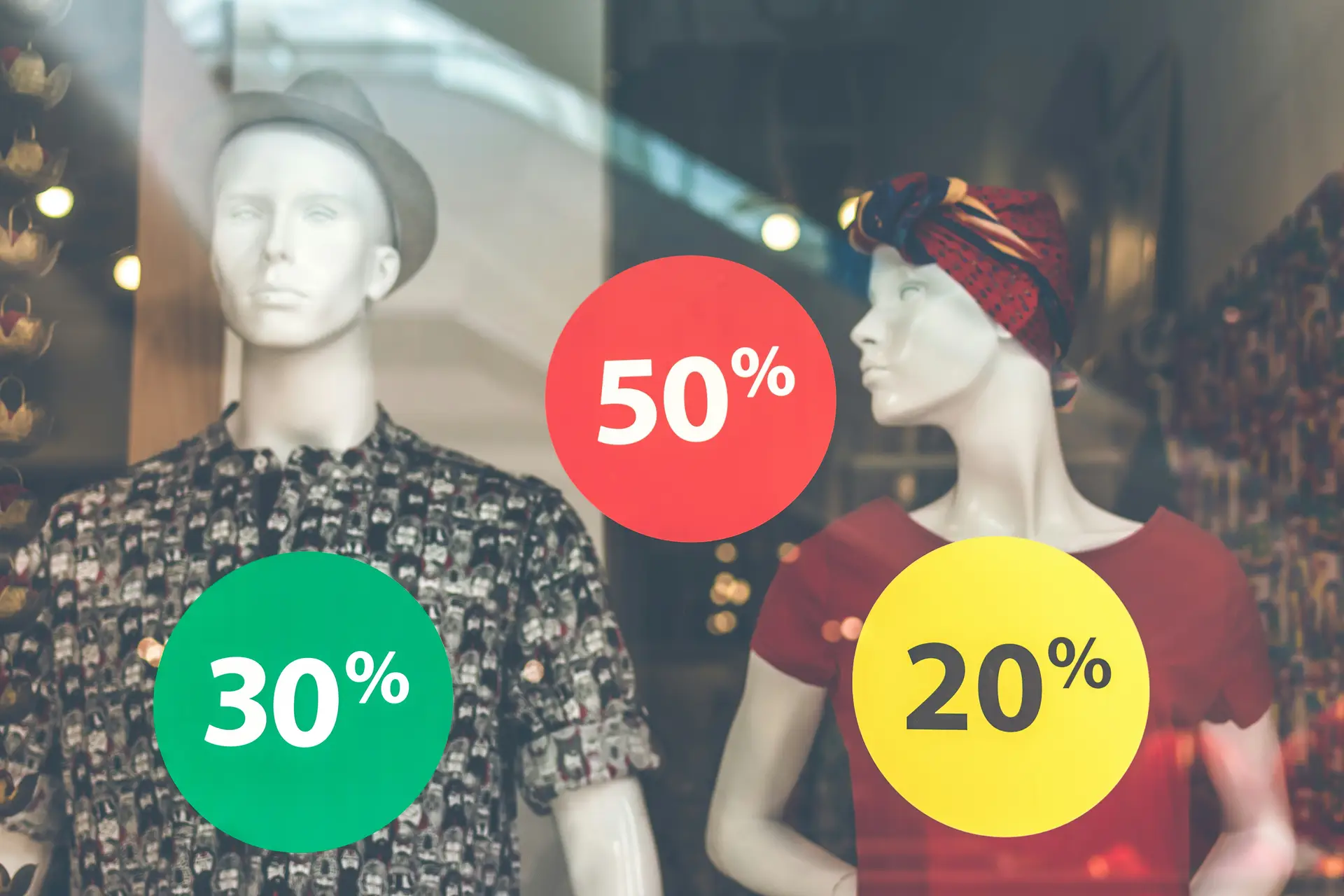The Future of Retail Post-Pandemic: Insights and Strategies for Recovery
The Transformative Effects of COVID-19 on Retail
The COVID-19 pandemic has been a catalyst for seismic shifts across various sectors, with the retail industry experiencing some of the most profound changes. Initially characterized by sudden store closures and plummeting sales, the pandemic forced retailers to reconsider traditional business models and explore innovative ways to engage with customers. Reflecting on these lessons learned is crucial for retailers aiming to adapt and thrive in a rapidly evolving landscape. This article analyzes the key takeaways from the pandemic's impact on retail and proposes viable strategies for the future.
Immediate Consequences of the Pandemic on Retail
A. Closure of Physical Stores
The onset of the pandemic saw an unprecedented wave of physical store closures worldwide. According to various industry reports, millions of stores were forced to shut their doors due to government-imposed lockdowns. For instance, in the United States alone, it was estimated that over 100,000 retail locations closed permanently, resulting in significant sales declines across the sector. This stark reality underscored the fragility of the retail environment and signaled a decisive shift in consumer behaviors.
 As a result of these closures, there was an accelerated move toward online shopping. Retailers, many of whom had previously invested little in e-commerce infrastructure, scrambled to establish or enhance their online presence. The pandemic fostered a digital marketplace that, while growing beforehand, saw a meteoric rise during this period. By mid-2020, e-commerce sales surged, representing a major transformation in how consumers approached shopping.
As a result of these closures, there was an accelerated move toward online shopping. Retailers, many of whom had previously invested little in e-commerce infrastructure, scrambled to establish or enhance their online presence. The pandemic fostered a digital marketplace that, while growing beforehand, saw a meteoric rise during this period. By mid-2020, e-commerce sales surged, representing a major transformation in how consumers approached shopping.
B. Changes in Consumer Behavior
The pandemic dramatically altered consumer behavior, emphasizing the significance of hygiene and safety in shopping environments. Retailers had to adapt quickly, implementing new health and safety protocols to reassure customers. These measures included enhanced cleaning routines, social distancing guidelines, and contactless payment options. Such initiatives have become essential in ensuring customer confidence as consumers return to physical stores.
Moreover, there was a notable shift in customer preferences and spending habits. With increased time spent at home, consumers gravitated towards online shopping for convenience and safety. The pandemic also spurred changes in the types of products consumers prioritized, with essentials such as groceries and home improvement items seeing a spike in sales. In contrast, non-essential retail segments faced substantial challenges, highlighting the divide in consumer confidence and willingness to spend on discretionary items.
Crucial Lessons Learned from the Pandemic
A. The Necessity of Digital Transformation
One of the most critical lessons learned during the pandemic is the imperative for retail businesses to undergo digital transformation. The importance of investing in robust e-commerce platforms became clear as retailers struggled to maintain revenue streams in an increasingly online marketplace. Retailers that had already established their digital channels were often the ones that weathered the storm more effectively. In contrast, those slow to adopt technology faced existential threats.
B. Leveraging Data Analytics for Customer Insights

Another important takeaway is the value of data analytics for understanding shifts in consumer behavior. Retailers that harnessed data effectively could pivot their strategies in real-time, aligning their product offerings and marketing approaches with evolving consumer needs. Personalized marketing and targeted promotions, driven by data insights, became essential tools for driving engagement and loyalty amidst uncertainty.
C. Importance of Agility and Flexibility
The pandemic showcased the vital importance of agility and flexibility in the retail business model. Companies that could pivot quickly in response to changing regulations, consumer preferences, or supply chain disruptions stood a better chance of survival. Emerson Group, for instance, adopted a hybrid model, combining online and offline strategies to provide customers with options that catered to their needs and preferences. This adaptability must remain a central pillar of retail strategies moving forward.
D. Building Stronger Customer Relationships
Finally, fostering strong customer relationships is more critical than ever. The pandemic prompted consumers to seek brands they could trust, leading retailers to focus on authentic engagement and community-building initiatives. Those that effectively leveraged social media, enhanced customer service, and prioritized transparency managed to retain customer loyalty even during tumultuous times.
Navigating the Future of Retail
As we move forward in a post-pandemic world, the retail industry must continue to evolve by embracing the lessons learned. Retailers should prioritize digital development, grounded in data analytics, and remain adaptable to fluctuating market conditions. Additionally, a renewed focus on customer engagement will be vital to sustain loyalty and enhance brand reputations.
To navigate this new retail landscape successfully, businesses must remain vigilant, equipped with the knowledge gleaned from the challenges faced during the pandemic. By staying proactive and innovative, the retail sector can emerge stronger, ushering in a future defined by resilience and growth.










